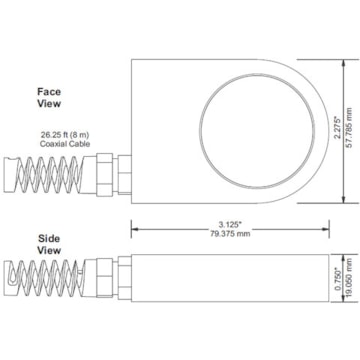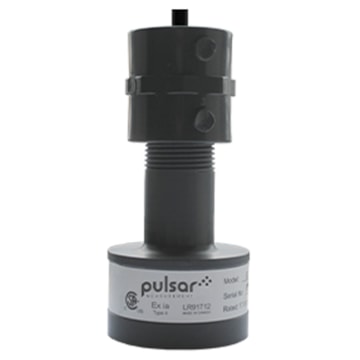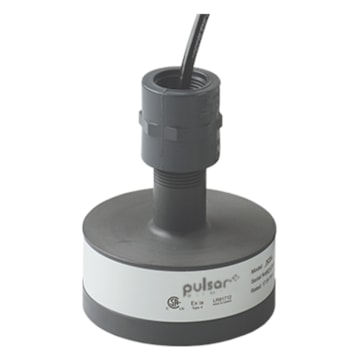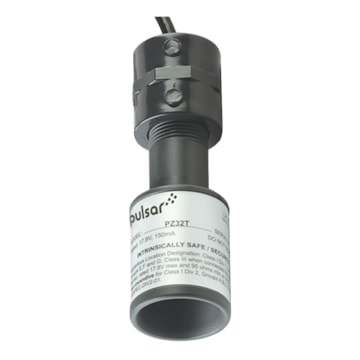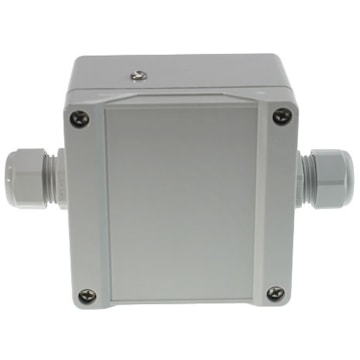
Greyline Instruments PSL 5.0 Level Controller
Pump and lift station level controller with 6 independently programmable control relays.

Overview
Features
- Controls, transmits and displays level
- For pump stations, wet wells & tank level control
- Accuracy: ±0.25% of Range or 2mm (0.08in)
- Non-contacting ultrasonic sensor
- NEMA4X (IP67) polycarbonate enclosure
- Accepts pressure sensor input for redundant monitoring
- Isolated 4-20mA output & 6 relays
- Built-in 5-key calibrator
- Logs and displays relay run times
- Large backlit LCD display
- Optional plug and play data logger
What's in the Box
- Level sensor
- Coaxial sensor cable
- Auxiliary sensor (accepts redundant 4-20mA)
- Installation and operation manual
- NIST certificate
Description
The Greyline Instruments PSL 5.0 level controller uses a non-contacting ultrasonic sensor mounted above the liquid and is ideal for sewage pump stations, lift stations, wet wells and tank level control. The PSL 5.0 includes six independently programmable control relays for pump or valve control, level alarms, dialers, temperature alarm and echo-loss alarm.
Setting up and using the PSL 5.0 is easy. Simply mount the non-contacting, ultrasonic sensor in the tank or wet well and install the watertight electronics in the control room or any location within 500 ft. Use the simple menu system and built-in keypad to set up measurement range, relay set points and pump alternation sequence. A relay/pump run time report is updated and stored automatically for viewing on the unit's backlit LCD display.
The PSL 5.0 sets a new level of reliability. It operates with an ultrasonic level transducer as its primary sensor but also accepts connections from 4-20mA level sensors for redundancy. If the ultrasonic transducer loses signal from foam on the water surface for example, the redundant sensor will take over reading instantly. As soon as the ultrasonic sensor receives new echoes, it will resume function as the primary sensor. The PSL 5.0 will auto-calibrate the redundant sensor and monitor it continuously to ensure availability during primary sensor failure.
Documents
Accessories
Cables
Sensors/Probes
Accessories
Please consider these optional accessories.
Applications
This product can be used in the following applications:
Need Help? Call a Flow engineer at 1-800-884-4967
We're open Mo-Th 8am to 5:30pm. Fr 8am to 5pm ET

